
Filter News
Area of Research
- (-) National Security (5)
- (-) Supercomputing (51)
- Advanced Manufacturing (9)
- Biological Systems (4)
- Biology and Environment (4)
- Biology and Soft Matter (1)
- Building Technologies (3)
- Chemical and Engineering Materials (2)
- Chemistry and Physics at Interfaces (6)
- Clean Energy (101)
- Climate and Environmental Systems (2)
- Computational Chemistry (1)
- Computational Engineering (1)
- Computer Science (8)
- Energy Frontier Research Centers (7)
- Functional Materials for Energy (6)
- Fusion Energy (7)
- Geographic Information Science and Technology (2)
- Isotope Development and Production (1)
- Materials (94)
- Materials Synthesis from Atoms to Systems (5)
- Materials Under Extremes (6)
- Neutron Data Analysis and Visualization (2)
- Neutron Science (33)
- Nuclear Science and Technology (17)
- Quantum Condensed Matter (2)
- Quantum information Science (3)
- Reactor Technology (1)
- Transportation Systems (3)
News Topics
- 3-D Printing/Advanced Manufacturing (1)
- Advanced Reactors (1)
- Artificial Intelligence (7)
- Big Data (5)
- Bioenergy (2)
- Biomedical (2)
- Computer Science (24)
- Cybersecurity (3)
- Energy Storage (1)
- Environment (2)
- Exascale Computing (2)
- Frontier (2)
- Grid (2)
- Machine Learning (1)
- Materials Science (1)
- Nanotechnology (1)
- Neutron Science (1)
- Nuclear Energy (2)
- Physics (1)
- Quantum Science (4)
- Security (2)
- Space Exploration (2)
- Summit (9)
- Sustainable Energy (2)
- Transportation (1)
Media Contacts
OAK RIDGE, Tenn., Feb. 12, 2019—A team of researchers from the Department of Energy’s Oak Ridge and Los Alamos National Laboratories has partnered with EPB, a Chattanooga utility and telecommunications company, to demonstrate the effectiveness of metro-scale quantum key distribution (QKD).

A team of scientists led by Oak Ridge National Laboratory used machine learning methods to generate a high-resolution map of vegetation growing in the remote reaches of the Alaskan tundra.
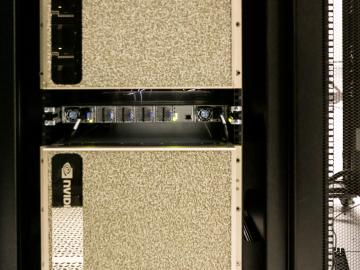
As home to three top-ranked supercomputers of the last decade, the US Department of Energy’s (DOE’s) Oak Ridge National Laboratory (ORNL) has become synonymous with scientific computing at the largest scales. Getting the most out of these science machines, however, requires a w...

Scientists at Oak Ridge National Laboratory and Hypres, a digital superconductor company, have tested a novel cryogenic, or low-temperature, memory cell circuit design that may boost memory storage while using less energy in future exascale and quantum computing applications.

By analyzing a pattern formed by the intersection of two beams of light, researchers can capture elusive details regarding the behavior of mysterious phenomena such as gravitational waves. Creating and precisely measuring these interference patterns would not be possible without instruments called interferometers.
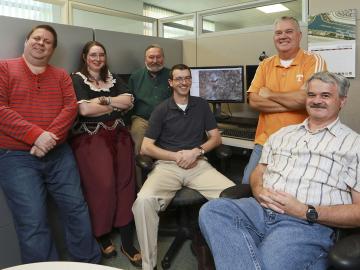
Bruce Lester has had a lot of jobs: fisherman, horse trainer, “professional stair builder.” He last worked for a real estate company, surveying land using geographic software. “When the bottom fell out of the construction industry and the company downsized, I got laid off,”

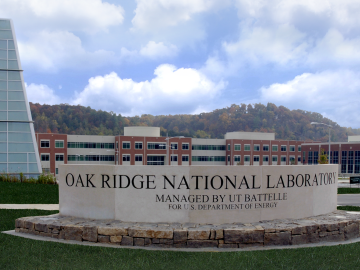
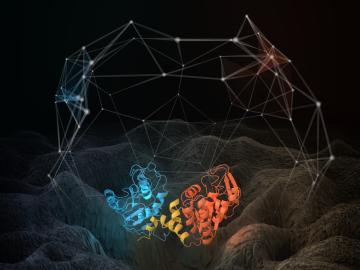
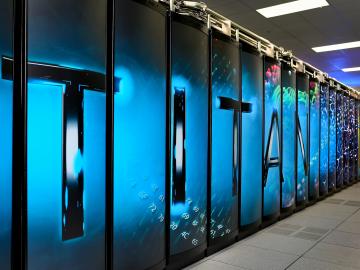
The U.S. Department of Energy’s Office of Science announced 56 projects aimed at accelerating discovery and innovation to address some of the world’s most challenging scientific questions. The projects will share 5.8 billion core hours on America’s two most powerful s...


